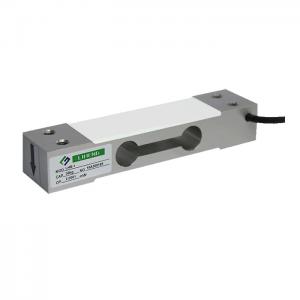-
 Encontrar enMiembros
Encontrar enMiembros Encontrar enVideos
Encontrar enVideos Encontrar enCanales
Encontrar enCanales
This website uses cookies to ensure you get the best experience on our website.
To learn more about our privacy policy haga clic aquíPreferencia de privacidad
- Etiquetas - #single point load cell,column load cell
-
- Última actualización 13 de agosto de 2021 0 comentarios, 205 vistas, 0 likes
More from liheng huzhou
More in Politics
Related Blogs
Archivo
single point load cell is usually used in weighing equipment
Cuerpo
Working principle of single point load cell
Single point load cell is the first choice for platform scales. Their characteristics are determined by the built-in metal spring elements that deform under load. This deformation or strain is detected by a strain gauge mounted on the spring element and converted into an electrical signal. Like most other types of load cells, a single-point load cell can be calibrated in grams, kilograms, or tons.
application
The single-point load cell is usually used in weighing equipment and can withstand small and medium-sized loads of up to 5 tons. They exist in platform scales, conveyor scales, hopper scales, or metering scales. The single point load cell is also used in the elevator overweight alarm system or to measure the compression force.
Technical data
The single-point load cell is designed to withstand the harsh conditions of industrial production plants, usually with an IP65 degree of protection. Compared with other load cells, they are optimized to compensate for asymmetric loads and calibrated accordingly, which means they can accurately measure the load, even if the load is placed on a corner of the platform. The datasheet contains all the parameters to be considered when manufacturing weighing equipment with a single-point load cell. These include the rated load, the minimum index used to calculate the maximum tare weight, and the ultimate load. Using a single point load cell, it is relatively easy to construct a platform scale. Basically what is needed is a load cell placed between two metal plates. Since most weighing equipment has to be verified,
the column load cell is also our product, welcome to consult and purchase.











Comentarios